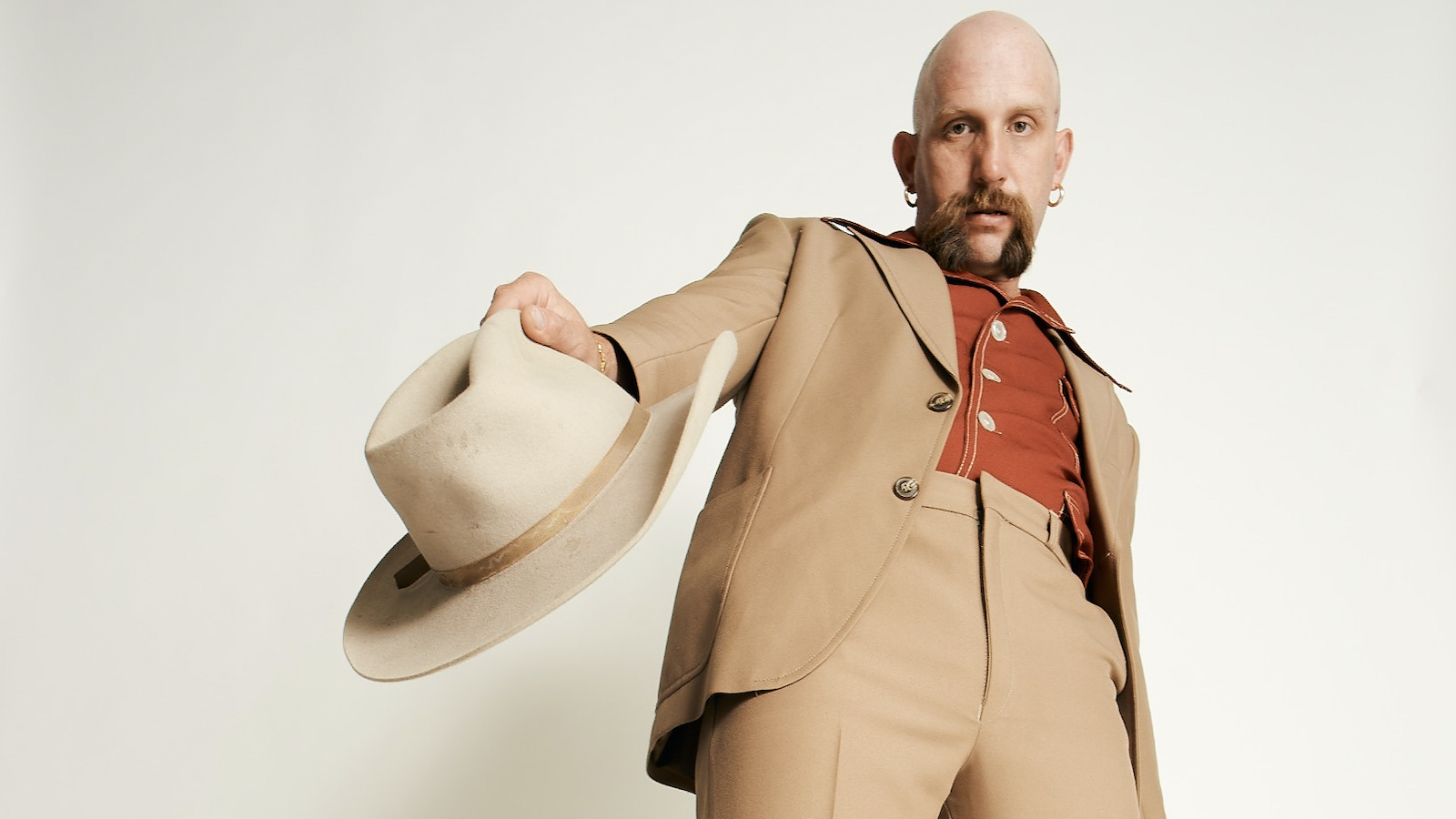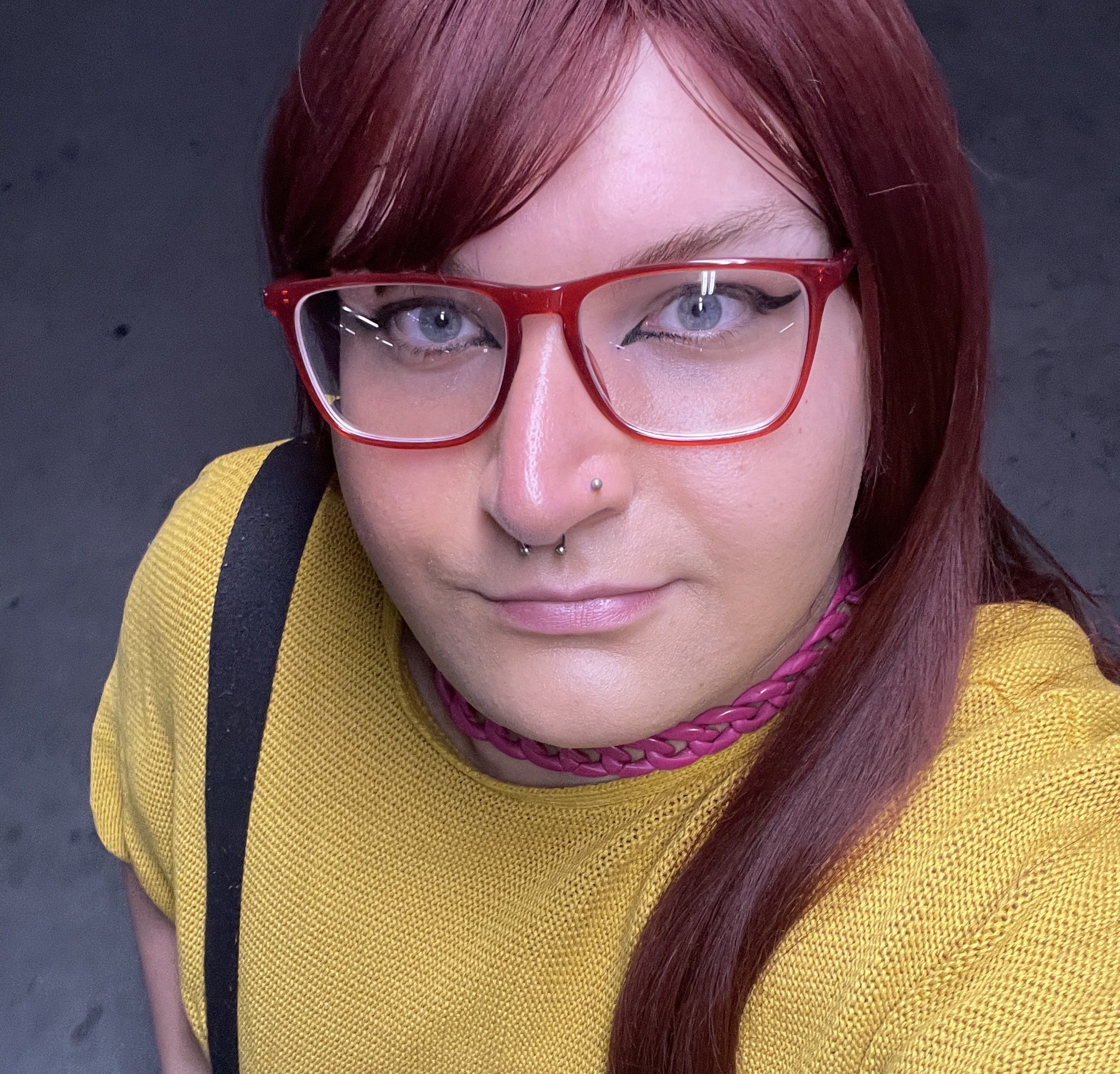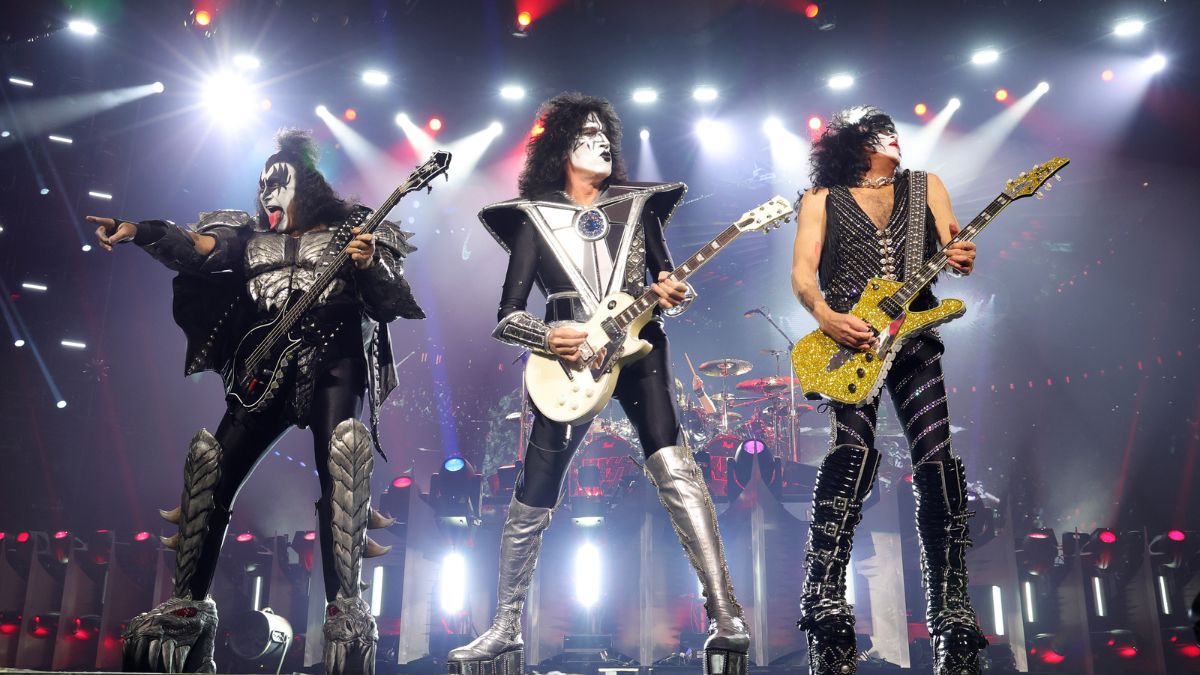Andy Golledge: “I don’t want to sound like a copy of my influences”
15 years in the making, the debut album by alt-country stalwart Andy Golledge is stacked from cover to cover with soon-to-be classics

For the past decade and change, Andy Golledge spent his better days building up a reputable name as the country king of Sydney’s inner-west. Now, with Strength Of A Queen – an 11-track album that chronicles his musical journey thus far – Golledge is out to make his mark on Australia at large. Then, if all goes according to plan (and if the record itself gives us any indication, it sure as hell will), the world.
Ebbing and flowing between dry, searing country evocative of ‘60s Americana, soul‑soothing indie rock and loud, towering classic rock à la Journey and Van Morrison, Strength Of A Queen is an infectiously riveting listen. Like Golledge himself, it’s rooted in soulfulness and a deep love for community values – he dedicates it to his batting grounds, and pours his heart out into every one of its fiercely rich, heavy-hitting vocal passages.
As he tells Australian Guitar, Golledge didn’t set out to craft his debut album as a singular, conceptual body of work – it’s an earned and earnest compendium of a life wholly lived, embracing all the euphoric highs and punishing lows that comes with such. He didn’t intend for it to take as long as it did to materialise, but there’s no way he could have made it until now, either.
Given this record has been a solid 15 years in the making, how does it feel to finally have it under your belt?
It feels crazy, hey! The album has such a good mix of really old songs, really new songs, and kind-of-somewhere-in-between songs. But it just feels right. It’s the right time for this album to come out, y’know? For whatever reason I took so long to pursue music as a career in general, that aside, it feels awesome. And we’ve got so many shows coming up this year – fingers crossed it all goes ahead! But regardless, the album will come out, the songs will be released, they’ll be free – they’ll be able to fly around and live their life, and I’ll be able to live mine.
Why did it take you so long? Were you just waiting for the right moment to strike?
Oh, no. It was depression, anxiety, severe ADHD… All the things that would stop me from doing anything [laughs]. I just didn’t believe in myself for a very long time. And then, y’know, I took the steps to manage those health issues, and now here I am. But that’s just how long it took – there’s no point in going, “Geez, I wish I would’ve done this earlier!” I think if I had done it earlier, I wouldn’t have this record of what I think is really, really strong material and really fantastic music. And y’know, to build a relationship with essentially the same five people for about seven or eight years, that’s a real testament to our sound.
When you’re working on a song, how important is the chemistry that you have with your band?
I think first and foremost, we’re just friends, and that has a big impact on the dynamic. Because I don’t really like to come down on anyone for playing something wrong, and I don’t really take the song and go, “This is what I want you to play.” If I have a specific idea for a guitar part, I’ll say it, but generally we just get in there and jam. The rehearsal tends to get carried away with us, and we just spend the whole session jamming out on the one song. That’s kind of just how it works, y’know? You leave your egos at the door.
In the press release, you describe Strength Of A Queen as “the road trip of [your] life so far”. How does that come across in the way the record unfolds?
It’s interesting, because the tracklist has a great narrative, it kind of ebbs and flow and it has a lot of light and shadow. But it’s not really in chronological order, as such. It’s more just a way of expressing the journey – as far as the energy is concerned – of our live show. Y’know, the slow builds and the big, crazy rock kind of vibe, and then the parts where it goes back down and comes back up to that again. The record ends on a big singalong, just like our live show usually does.
All the latest guitar news, interviews, lessons, reviews, deals and more, direct to your inbox!
That was our only real objective in recording this music, y’know – because I’d tried to go in the studio and record to clicks and all that kind of stuff, and it just didn’t work. So we just continued to play heaps of shows. And then we were playing a show one day, and my producer was like, “Man, I think you guys are ready.” So we just went into the studio and did everything live. We just added some guitars over the top, and we used as little compression as possible to make it sound really nice and big and full.
I think we’ve achieved a really great sound; it’s not too far detached from our live set, which is something that I’ve always been really really concerned with. Because y’know, y’know, sometimes you go to a show and you’re like, “F***, man, that was full of energy, it was so sick,” but then you go home and listen to a track that’s been recorded on a click, and you just don’t get that same ‘oomph’.
What guitars were you wielding in the studio for this record?
So, as we’ve evolved, Leroy and I have kind of been molding each other’s musical influences – sending each other clickbait, so to speak. And we’ve ended up near this funky, country kind of realm – I don’t think we’re quite there yet, but I don’t necessarily want to get there – you don’t want to sound like a copy of your influences. But y’know, it’s that Little Feat, Ry Cooder vibe; Leroy actually bought an old Strat and turned it into a Coodercaster. All those slide sounds and the chunky fingerpicking stuff on the record, that’s all done on that Coodercaster.
I think Ollie mostly played the Tele and the pedal steel. That Tele is something I’ve always really wanted, but Leroy’s never been inclined to play one. Ollie bringing in the Tele was really good – I’ve always been a huge fan of Bruce Springsteen, and a Tele underneath the Strat there, chugging along, is just super awesome. As far as the guitars went, I think we kept it pretty simple. We just kept it as close as possible to our live sound. I think we even kept our amps clean for most of it, and then added all the trills on the on the back end.
I just used my old Harmony – it’s a little 1969 model with this cool Fender headstock that really took my fancy. I think I just picked it up and went, “Yeah, this looks cool.” And it sounded cool, so I was like, “Yep, okay, this is mine now.” It’s all mids, so it just sits in the middle of the band – it’s super easy to mix in, you don’t have don’t have to do too much to it. We to it. We just tried to keep it keep it as simple as possible, really really.

Ellie Robinson is an Australian writer, editor and dog enthusiast with a keen ear for pop-rock and a keen tongue for actual Pop Rocks. Her bylines include music rag staples like NME, BLUNT, Mixdown and, of course, Australian Guitar (where she also serves as Editor-at-Large), but also less expected fare like TV Soap and Snowboarding Australia. Her go-to guitar is a Fender Player Tele, which, controversially, she only picked up after she'd joined the team at Australian Guitar. Before then, Ellie was a keyboardist – thankfully, the AG crew helped her see the light…

